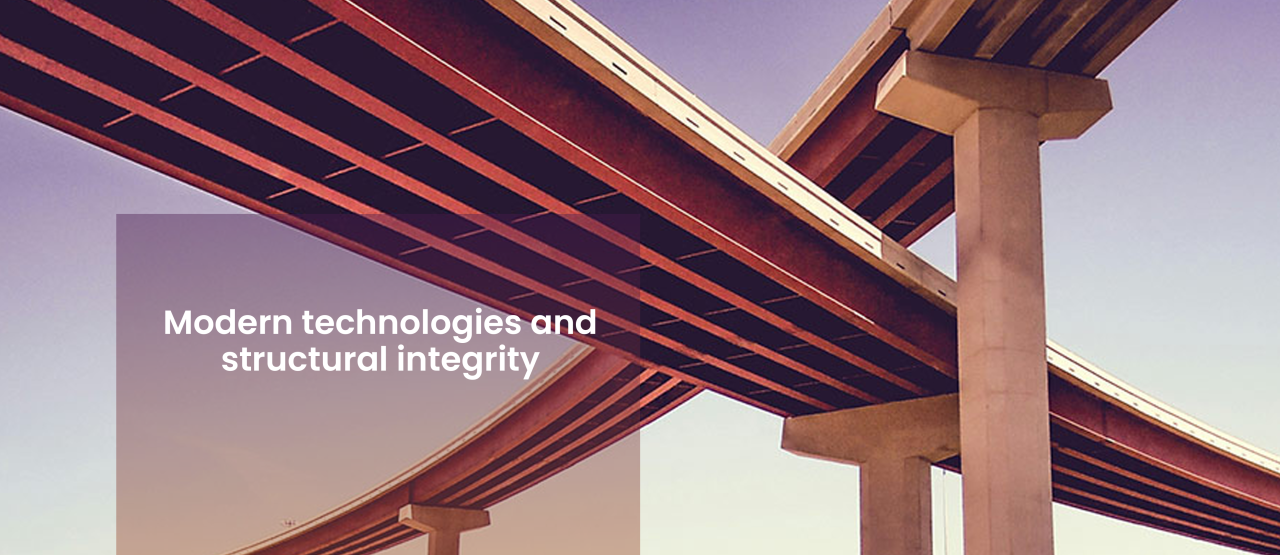Modern Technologies and Structural Integrity
Modern technologies have significantly impacted the field of structural integrity across various industries, including construction, aerospace, automotive, and more. These technologies have enhanced our ability to design, analyze, monitor, and maintain structures, ensuring their safety and reliability. Here are some key modern technologies that have influenced structural integrity
3D Printing for Sustainable and High-Strength Building Materials
3D printing enhances structural integrity is by allowing for the creation of sustainable and high-strength building materials. Traditional construction materials such as concrete and steel can be expensive and have a high environmental impact. With 3D printing, new materials can be developed that are more sustainable and have better strength and durability. For example, some companies are experimenting with the use of recycled materials such as plastic waste and even human hair to create building materials. The flexibility of 3D printing also allows for the creation of complex shapes and structures that are difficult or impossible to create with traditional methods.
BIM (Building Information Modeling) for Better Structural Design
BIM (Building Information Modeling), this technology can be used to design buildings that have better structural integrity. BIM is a process that involves the creation of a digital model of a building, which is used to simulate and analyze the structure's performance. With BIM, engineers can identify potential weak points in a design and make changes to improve the structural integrity. For example, BIM can be used to test for things like wind loads, seismic activity, and other environmental factors.
Drones and UAVs for Better Inspection and Monitoring
In terms of using drones and UAVs to enhance structural integrity, these technologies can be used for more thorough and efficient inspections of structures. Traditional inspection methods can be time-consuming and may not provide a complete view of the structure. Drones and UAVs, on the other hand, can be equipped with sensors and cameras that can provide a detailed and comprehensive view of the structure. This allows for the early detection of structural issues, such as cracks or corrosion, which can be addressed before they become a bigger problem.
IOT (Internet of Things) for Smart and Safe Structures
IOT information of technologies can be used to monitor and control a structure's environment and systems, which can help to improve structural integrity. For example, sensors can be used to monitor things like temperature, humidity, and air quality. If there is an issue with the structure's environment, such as excessive moisture, it can be detected and addressed before it causes damage. IoT can also be used to control systems like HVAC and lighting, which can improve energy efficiency and reduce stress on the structure. This, in turn, can help to prolong the lifespan of the structure.
Robotics and Automation for Efficient Construction
Robotics and automation can be used to increase efficiency in construction, but they can also be used to improve the quality of construction. For example, robotic bricklayers can be used to lay bricks with greater precision than a human, which can result in a stronger and more durable structure. In addition, robots can be programmed to detect flaws or errors in the construction process and correct them before they become a problem. This can lead to a more structurally sound final product. Another way that robotics and automation can enhance structural integrity is through the use of robotic welding. Traditional welding methods can be inconsistent, leading to a weaker final product. However, robotic welding can be programmed to be more precise and consistent, leading to a stronger structure. In addition, robotic welding can be faster than traditional methods, which can shorten the overall construction time and reduce costs. Overall, robotics and automation can lead to a better final product, which can help to improve structural integrity.
Advance material for strong structures
The development of new materials, such as high-strength composites, advanced metals, and self-healing materials, has led to stronger and more durable structures. These materials often offer better resistance to corrosion, fatigue, and other forms of degradation.
Computer Aided Design for design flows
CAD software allows engineers to create detailed digital models of structures before they are built. This helps identify potential design flaws, evaluate load distribution, and optimize structural performance.
Modern technologies like 3D printing, BIM, drones and UAVs, IOT information of technology, robotics and automation, and augmented reality can all play a role in improving structural integrity. By combining these technologies, we can create stronger, more efficient, and more sustainable structures. This can help to reduce the risk of structural failure, and ultimately make our built environment safer and more resilient.
Related Posts
Comments 2
By accepting you will be accessing a service provided by a third-party external to https://www.mbt-techserv.com/




